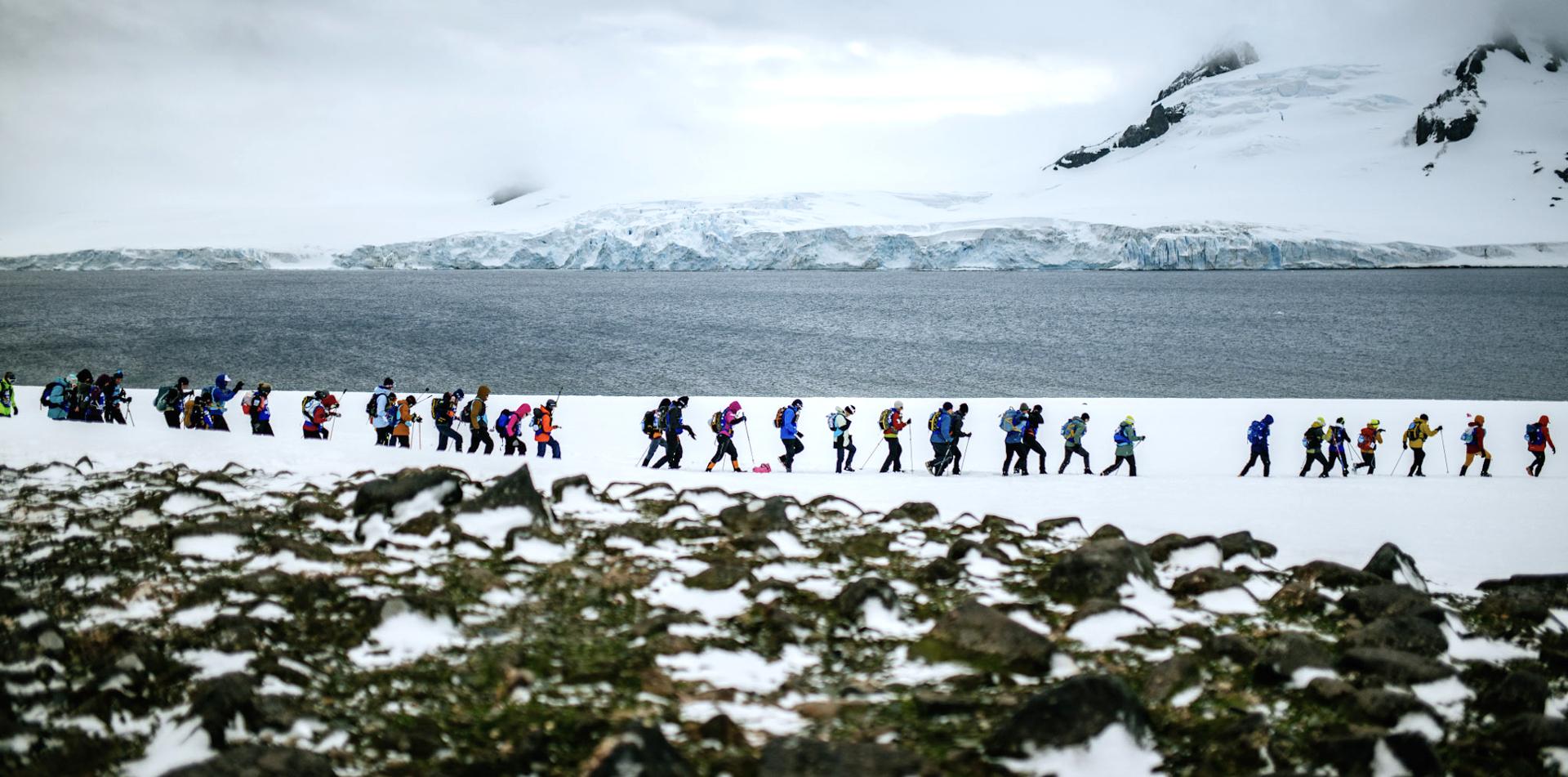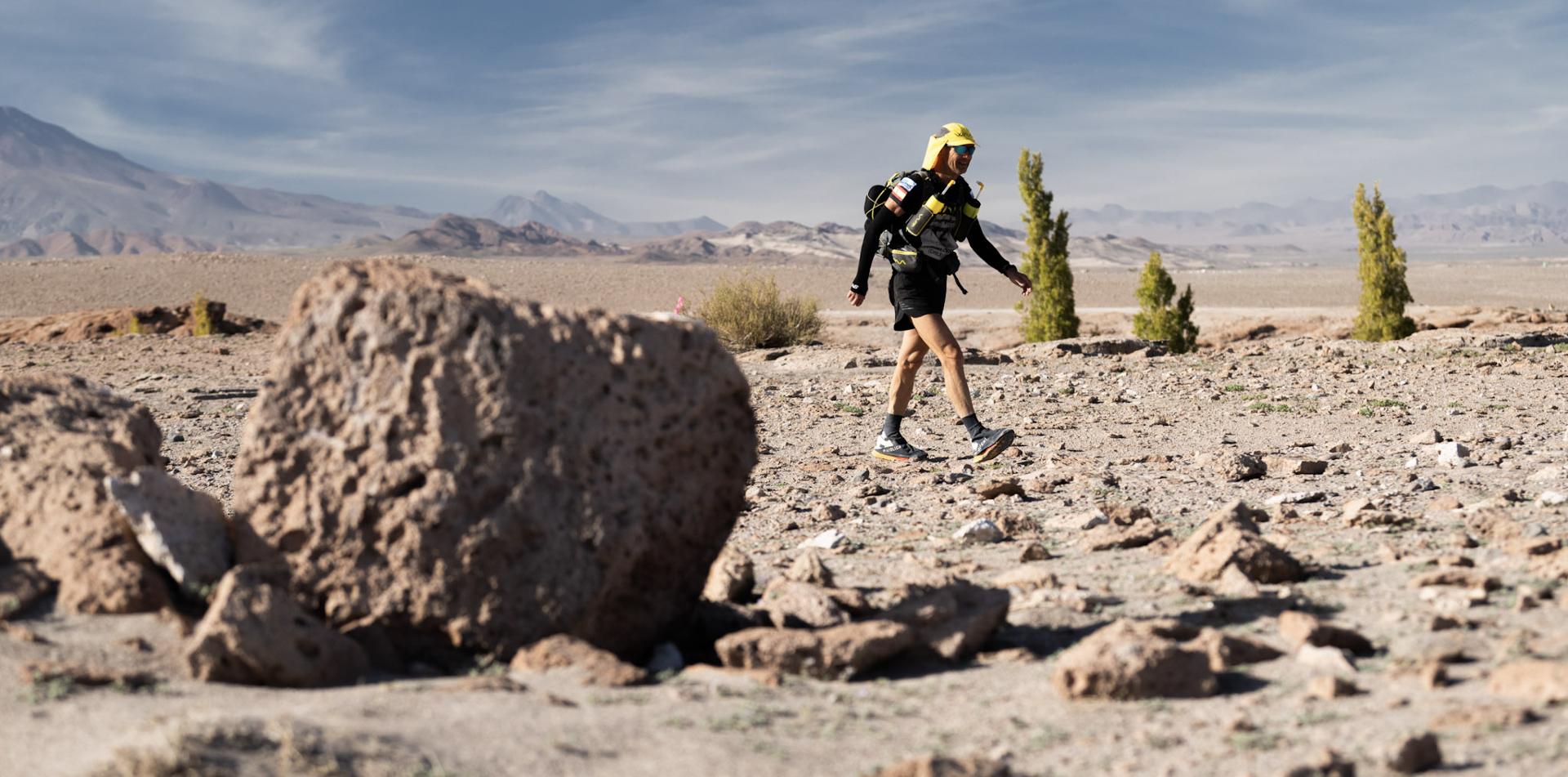Frostbite
Authors: Robert Ripley, MD and Nancy Kadel, MD
Overview
Frostbite is damage to the skin and underlying tissues caused by exposure to cold temperatures. People usually suffer frostbite on their hands, feet, nose, cheeks, and ears. As the human body is exposed to cold temperatures, the circulatory system will decrease blood flow to these vulnerable parts in order to preserve the core temperature (see article on Hypothermia). With the decreased blood flow, the skin temperature will drop. When the skin temperature reaches 10°C the nerves in the skin will start to malfunction, causing numbness, and as the skin temperature reaches 0°C, the skin will begin to freeze.
Tissue damage in frostbite is caused directly by the formation of ice crystals in the fluid space between the cells or, in the case of rapid freezing (as seen in contact with a very cold gas or metal) actual freezing of the inside of the cells. Indirect damage to the cells is caused by dehydration as the surrounding fluid freezes. Inflammatory substances released as the cells break down and die leads to more damage. Additionally, the freezing process can damage the blood vessels causing blood clots and permanent loss of circulation. Freezing, thawing, and then freezing again amplifies the inflammatory process and increases tissue damage.
Risk Factors
- prolonged exposure to cold and wet conditions
- Failure to wear clothing protective of the weather conditions: inadequate insulation or coverage, too tight, non-wicking, not windproof, wet or damp, and not insulating when wet.
- high altitude activities
- exhaustion, dehydration, malnutrition (see adventure racing)
- diseases that cause poor circulation and cold intolerance: diabetes, peripheral vascular disease, Raynaud’s phenomenon, hypothyroidism
- alcohol, cigarettes and recreational drug use
- caffeine
- cold medications with pseudoephedrine or phenylephrine
- previous frostbite or cold injury
Signs and Symptoms
Frostbite is defined as severe, localized cold induced injury due to freezing of body tissue. Areas most frequently affected are the face, fingers and toes, but any exposed skin can be susceptible. Frostbite of the eye (cornea) can also occur with cold and windy conditions and lack of eye protection.
Patients suffering from frostbite will report coldness, numbness and clumsiness of the affected area. Before rewarming, the skin will be white or grayish-yellow in color and hard or waxy to touch. Rewarming will usually cause severe pain, which may progress to chronic, dull throbbing pain that may last for months. After rewarming, blisters may develop.
Milder forms of cold injury include frostnip, pernio and immersion foot.
- Frostnip is a tingling or numbness of skin exposed to the cold that resolves with rewarming with no lasting tissue damage.
- Pernio (or chilblain) is a localized inflammatory lesion—often red, swollen and itchy, sometimes blistering—that results from repetitive exposure to damp and cold conditions. Women are more likely to suffer pernio, and it can affect the face or extremities similar to frostbite. Tissue damage below the skin is unlikely.
- Immersion foot (or trench foot) results from prolonged exposure to cold and damp conditions. Tight fitting boots can worsen the symptoms, which include red, swollen, numb, blistering or painful feet. Tissue damage occurs in extreme cases.
Frostbite can be classified in degrees similar to burns:
- First-degree frostbite is superficial and manifests as a central area of whiteness and numbness surrounded by skin that is swollen with excess fluid.
- Second-degree frostbite will produce large blisters, generally of clear fluid, surrounded by red and swollen skin. The blisters will usually develop within 24 hours and extend nearly to the tip of the frozen digit or appendage. Typically, after the blisters scar and slough off, there will be no underlying tissue loss.
- Third-degree frostbite is a deeper injury and the blisters will be smaller, blood filled, and not extending to the tips of the injury. In 1-3 weeks, a blackened area will form. Deep tissue loss and loss of digits will occur.
- Fourth-degree frostbite extends into the muscle and bone.
A more practical classification of frostbite categorizes the injuries as superficial or deep. Generally first-degree and second-degree frostbite would be superficial and third and fourth-degree would be deep. Deep frostbite will generally result in tissue loss whereas superficial frostbite will not. However, if superficial frostbite gets infected, traumatized or exposed to a re-freezing injury, tissue damage becomes more likely.
Treatment
In the field:
- Treat hypothermia first. Rewarm the victim and get them into dry clothes.
- Do not rub frostbitten areas with snow or otherwise in an attempt to rewarm them, this can result in more damage.
- Do not rewarm frostbitten areas if there is a possibility of refreezing. The freeze-thaw-freeze cycle leads to more tissue damage.
- If you know you can prevent further freezing, rewarming in the field is best accomplished with warm water 37°-39°C (slightly above body temperature) or using body heat (placing your fingers in your armpit, for example).
- Avoid walking on frozen feet unless necessary for safety. Apply clean dressings with separation of the digits, padding and splinting of the affected area if possible.
- Do not try rewarming over an open flame.
- If available and the patient is not allergic, ibuprofen and aloe gel may help limit the inflammation.
In the hospital:
- Rewarming in a circulating warm water bath 37°-39°C. Thawing usually takes 15-30 minutes. (Some authors recommend rewarming temperatures to 42°C, however the general consensus is that this is more painful and does not improve outcome) Pain medication may be given.
- Medications to break up blood clots (thrombolytics) may be considered as some studies suggest that this may decrease chances of amputation, but thrombolytic medication can lead to bleeding in other parts of the body, so careful consideration of the patient’s risks is required.
- Prostacyclin and Iloprost (not available in the US) are medications that dilate blood vessels that have shown some promise in treating frostbite.
- Wound care: drainage of blisters, bulky dressings, elevation, and daily hydrotherapy is typical.
- Antibiotics may be required if the tissue gets infected, but are not routinely used otherwise.
- Imaging: MRI and Bone scans may be used to predict the level of damage to the deeper tissues. Plain x-rays may be used to look for injuries acutely, or to look for arthritis and bone damage later on.
- Surgery: amputation is often required in deep frostbite, however this is often delayed until the level of the injury has been fully delineated. But, given that surgeons are often the experts in wound care, early consultation of a surgeon with experience in frostbite is recommended.
Prevention
Preparation is key. Knowing the possible extreme temperatures and wind chill and being prepared with the proper clothing, shelter, and emergency plan is the best defense against cold injury.
- avoid cigarettes and alcohol
- avoid excess caffeine
- stay well hydrated and maintain a high caloric intake
- dress in layers with a wicking base-layer next to the skin. Avoid fabrics that lose their insulation when wet (cotton)
- be prepared with windproof outer layers (waterproof if rain or wet snow is possible)
- wear hat, mittens (as opposed to gloves), face protection and eye protection,
- make sure boots are waterproof, insulated and able to accommodate extra socks
- avoid tight fitting boots, gloves, clothing
- travel with emergency shelter
- travel in pairs and have set intervals for welfare checks
- change out of clothing that has become wet or damp
- review your medical risk factors with your doctor (previous frostbite, medications, medical conditions)
References:
http://www.uptodate.com/contents/frostbite
http://emedicine.medscape.com/article/92649
www.cdc.gov/phpr/documents/hypothermia-frostbite
Wilderness Medicine, 6th edition, Paul Auerbach MD, 2012







 Newsletter
Newsletter
 Online Store
Online Store






